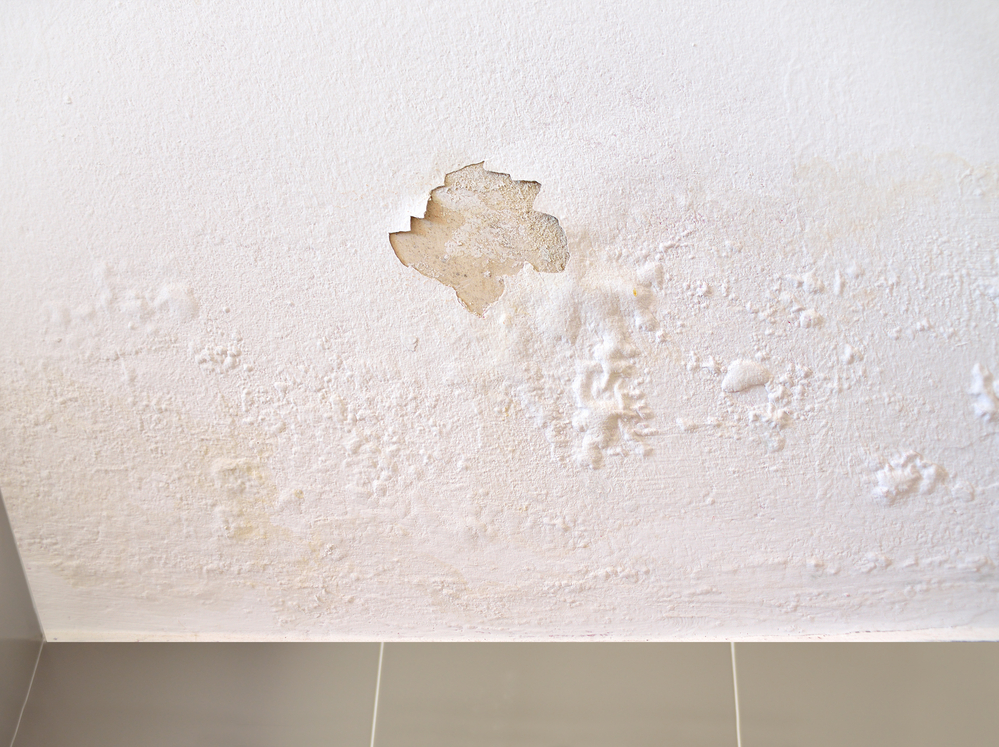What Is Involved in a Wind Mitigation Inspection?
It’s essential to have wind mitigation built into your home when living in Florida. With an average of one extremely damaging hurricane occurring here every two years, you need to know what parts of your home are designed to protect you and your investments. A wind mitigation inspection can help you understand your house’s current state and where you can improve it in the future.
What Is Involved in a Wind Mitigation Inspection?
It’s important to understand what parts of your home specialize in wind mitigation because you may be eligible for an insurance discount (and it keeps you and your family safer during natural disasters). During a wind mitigation inspection, the contractors will examine your home’s roof structure and determine what building features reduce wind damage. A homeowner over 18 must be present to allow the inspector access to your property and attic.
In addition to wind inspections, we offer home inspections, 4-point inspections, new construction inspections, water intrusion inspections, investor walkthroughs, advanced pool inspections, 11th-month warranty inspections, and commercial inspections.
Benefits of Wind Mitigation
Peace of Mind
The most crucial benefit of wind inspections is the ability to keep your home safe during natural disasters or even rough summer storms. The examination will show you where your home is strong in wind protection and where it needs some TLC. The best time to get a windstorm mitigation inspection is several months before the rainy season. This gives you enough time to adjust and upgrade.
Insurance Discounts
Most Floridians get mitigation inspections due to “wind mitigation credits,” special discounts insurance companies offer homeowners for their property’s wind-resistant features. Legally, your insurance provider has to provide you with a discount for a successful inspection (your home scoring a passing grade), and the more windproof your home is, the better the discount. These home features can score you discount credits:
- A new roof
- Long nails placed closely together
- Secondary water resistance
- Upgraded materials
- Highly rated doors, windows, and shutters
There isn’t a standard for how much you’ll receive back from your insurance company. Factors like your premium, insurance provider, and the age of your home can affect the credit. For example, insurance company X may offer you a 6% discount for long nails, but insurance company Y may only offer you 3%.
What Inspectors Look For
Our inspectors look at the structural qualities of your property while considering the Florida Building Code (FBC). Some of the items we look for are:
- Ratings on window and door openings
- Coverings (shingles, tiles, etc.)
- Roof decks that were installed with large nails and close spacings
- Secondary water resistance that prevents roof leakage
- Newly constructed homes built to the FBC since March 1, 2001
- Homes built to the South Florida Building Code after 1994
This list is similar to the list of home features insurance companies look for. Our inspectors will spend time considering your home’s roof, as it’s the first line of defense against rain, hail, wind, and flying debris. We’ll check for cracked or loose shingles, the shape and slope of your roof, and the state of the roof deck. If you have windows, chimneys, air vents, or upper doors on the roof, we’ll check for areas where water can get in.
Who Can Offer Windstorm Mitigation Inspections?
Windstorm mitigation inspections can only be performed by a licensed general contractor, home inspector, engineer, building contractor, or architect. Our inspector can perform the inspection and sign a Uniform Mitigation Verification Inspection Form for insurance purposes, but only if they complete training approved by the Construction Industry Licensing Board (which they have!). This training includes hurricane mitigation techniques and a proficiency exam.
How Long Do Wind Inspections Take?
On average, most mitigation inspections take just under an hour. The contractor will need access to the outside of the roof, the inside attic, and possibly documentation on when the home was built. They may need to take pictures, but this is only to verify the final report.
How Much Do Mitigation Inspections Cost?
Right now, our wind mitigation inspection cost is $95 when you only purchase the wind inspection. That price will drop to $65 if you bundle it with our full home inspection. Already had a full inspection done? Not a problem. We also offer a $95 wind mitigation & 4-point inspection combo. It’s a great deal, especially considering that most wind inspections cost over $100 or charge you by the hour.
Are Residential and Commercial Wind Inspections Different?
Residential and commercial wind inspections are mostly the same. For both cases, we send in an inspector to check the state and durability of the building’s roof. Both mitigation reports are good for five years, ensuring you get the insurance discounts you deserve.
The difference is that commercial inspections will take longer than residential, depending on the size of your building. A retail business with roughly the same square footage as a house will still take around an hour. Larger businesses and warehouses will take longer to ensure our contractor has time to perform the inspection properly.
Can You Improve Your Home’s Wind Mitigation?
You can improve wind mitigation on your house and surrounding land. Upgrading your roof is the first level of defense when protecting your home, while landscaping can be a helpful windbreak if you live in the right area.
Improving Your Roof
If you’re planning on getting a replacement roof, consider choosing durable materials that withstand stronger weather. For Florida, you’ll want something able to resist 110-mph winds and meets class F standards. This applies to roof coverings (shingles, tile, etc) and the roof deck. Once the roof deck is in place, install a secondary water barrier. This is one of the items we look for during our inspection.
If your roof is already built and you don’t plan on doing a major remodel anytime soon, consider roof-to-wall attachments. These attachments protect your roof from wind uplift. Select a double metal connector wrap with three or more nails on each side. Finally, purchase hurricane-grade coverings over windows and doors. Not only do the covers prevent physical damage to the windows, but they also help to prevent internal pressurization caused by broken windows and open doors.
Fortifying Your Yard
Believe it or not, there are ways you can improve your property’s wind mitigation using natural sources. Studies have shown that trees grown in groups often survive more hurricanes and high winds while protecting your home from flying debris. It’s common to worry about trees falling on your house or vehicles, but they don’t need to be located directly next to your home to give you the same protective benefits.
For Floridians further from the coast, you may want to look into densely growing shrubs with low crowns. They block more air than you think and can bend in the extreme wind instead of snap. These shrubs are best placed on the edges of the property along the north and northwest for summer storms and the south and southeast for hurricanes. Vegetation makes good windbreakers as long as they aren’t close enough to damage your home if they fall.
Do You Need a Windstorm Mitigation Inspection?
A wind inspection isn’t legally required if your home was built after 2002. Most insurance companies assume houses built after 2002 were built to meet roofing regulations and building codes, so they automatically receive credits. Not all insurance companies follow this rule, and you can call your insurance provider to ask.
Homes built before 2002 should be inspected if you want the insurance credit. Roofing building codes previous to 2002 did not require the same level of durability. In addition, homes more than 20 years old may have suffered damages that a mitigation inspection can bring to light.
What Other Inspections Should Your Home Have?
There are several inspections other than wind mitigation that can benefit your home. A few of the inspections we offer include full and comprehensive home inspections, 4-point inspections, and new construction inspections.
Complete Home Inspections & 4-Point Inspections
Buying a home can be daunting, but a state-licensed home inspector can make everything less stressful. Home inspections are a non-invasive visual examination of a potential home and are designed to identify defects or issues with the house. A complete home inspection includes the 4-point inspection (roof, electrical, HVAC, and plumbing).
We look at items such as the:
- Roof
- Exterior
- Basement, foundation, crawlspace & structure
- HVAC
- Fireplace
- Attic, insulation, & ventilation
- Doors, windows & interior
- Site grading and drainage
- Driveways, patios, porches & vegetation
New Construction Inspections
New construction inspections are designed to find potential flaws in recently completed buildings. Our inspectors will be on the project site as the building is being built, allowing us to catch problems before they can be finalized.
Wind mitigation inspections are essential in any coastal property. Whether it’s your family’s dream home, a rental property, or a building still in construction, it’s vital to know the structure’s ability to withstand high winds. Not only does it keep you safer, but it can qualify you for insurance credits. Call Hound Dog Home Inspections today for all of your home inspection needs. Our professionals are at your service.



